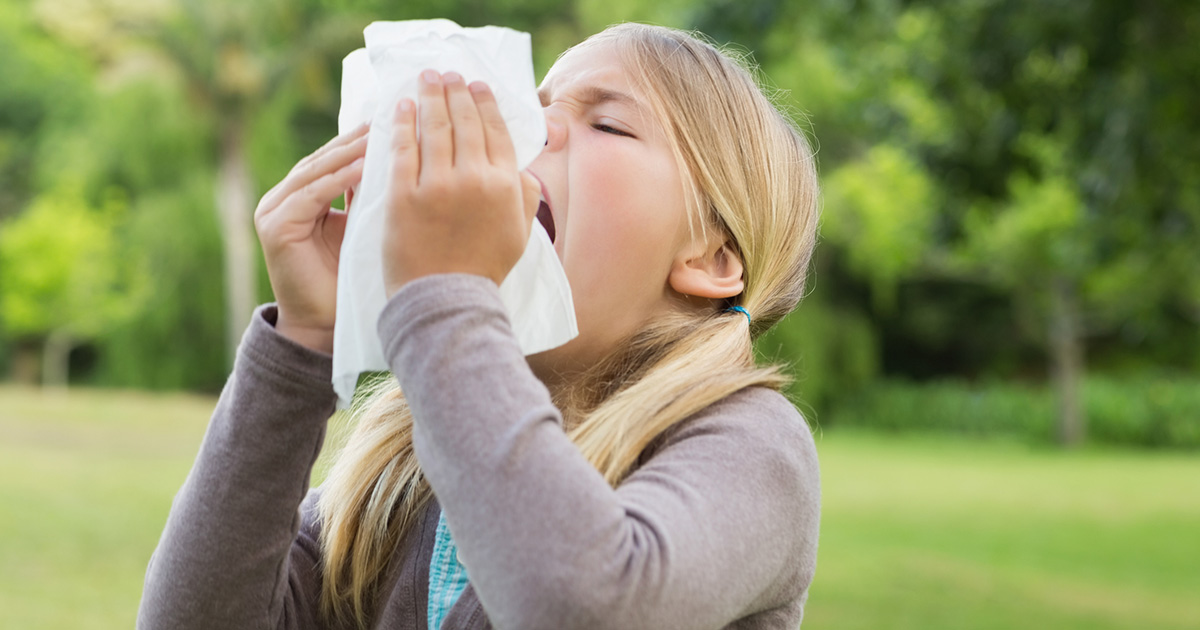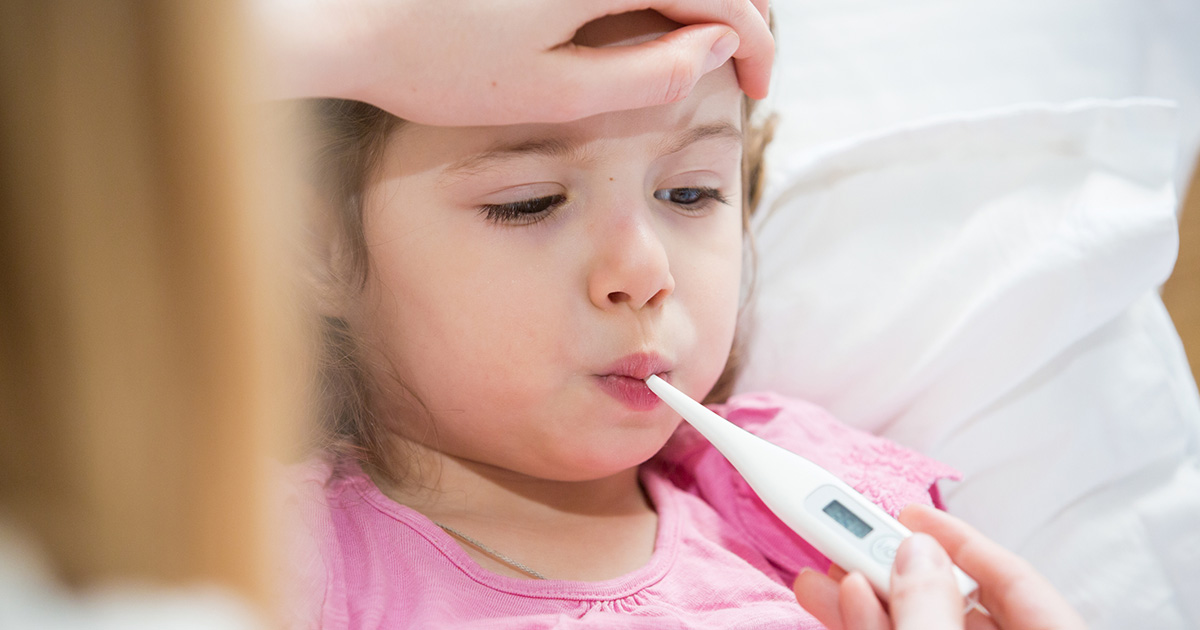What Every Parent Needs To Know About Hand-mouth-foot-disease
One of the most unfortunate things a parent will experience in their lifetime is dealing with a sick child. No parent wants to see their child suffering, especially when mouth sores, rashes, and fever are typical symptoms. Hand-mouth-foot disease is a common and minor illness many children become infected with and can spread to other children and adults alike. Learn more about this illness, the strand of viruses causing it, the symptoms parents should look for, and how to stop this nasty virus from spreading now.
What Is Hand-Mouth-Foot Disease Exactly?

Hand-foot-mouth disease, commonly abbreviated to HFMD, is a virus that often affects children under ten, however, any individual regardless of age, gender, and ethnicity can contract it. Common signs and symptoms include sores in and around the mouth, and an intense rash on the hands, feet, legs, and buttocks. Although it is unpleasant and uncomfortable, especially for children, it is not a serious illness and can be treated effectively and quickly. Cases of HFMD tend to occur more often during the summer and fall, as the virus tends to spread easily during these seasons due to warmer temperatures.
An individual can contract the illness by coming into contact with another patient afflicted with it, or even from surfaces or items that have come into contact with a sick individual, such as toys, a tabletop, or doorknob. Children are often infected with HFMD as it commonly occurs in child care settings due to frequent diaper changes, potty training, and because little children tend to put their hands in their mouths.
What is the virus that causes hand-mouth-foot disease? Continue reading to discover the answer.
Causes Of HFMD

Hand-mouth-foot disease is the result of a couple of different strands of the same virus, the coxsackievirus, specifically the coxsackievirus a16 and enterovirus 71. The coxsackievirus is part of a family of viruses known as enteroviruses. Enteroviruses are composed of a single strand of ribonucleic acid (RNA), and the enteroviruses are referred to as picornaviruses, as it is considered a ‘small RNA virus’ that is not typically serious. These family of viruses are present in numerous countries around the world and spread by fecal-oral route. Approximately, ninety percent of infections do not cause any noticeable symptoms or may result in a fever only. Infants and young children are especially susceptible to symptomatic coxsackievirus, however, adults can catch the virus as well. Individuals and children can become infected with the disease if they come in contact with an infected person, especially if they come into contact with nasal secretions or throat discharge, saliva, fluid from blisters, stool, and respiratory droplets in the air from a cough or sneeze.
Keep reading to learn about the various symptoms patients and parents should be aware of if they or their child become infected.
Symptoms To Be Aware Of

Early symptoms of HFMD include a fever, a sore throat, painful blisters similar to cold sores that appear on the inside of a child’s mouth or tongue. Children and even adults can experience an intense rash on the palms of their hands and the soles of their feet a couple of days after the first symptoms appear. The rash can further develop into irritating blisters, along with flat spots or sores appearing on the knees, elbows, and buttocks. Children may also experience irritability, especially in infants and toddlers, a loss of appetite, and generally feel unwell. Patients could have all of these common symptoms, or only one or two. Mouth sores can make swallowing difficult, so patients are advised to consume enough water and calories.
Next, find out how doctors diagnose HFMD in children.
Diagnosing HFMD

A patient’s physician will ask them about their child’s symptoms and examine any sores or rashes that appear on the hands, feet, and mouth. A physical examination is usually the standard procedure for diagnosing HFMD, as a doctor can determine if it is the illness by analyzing any visible sores or rashes without further testing. However, a doctor can further confirm the condition by taking a throat swab, stool sample, or a blood sample of the patient to reach an accurate diagnosis and to prescribe the proper treatment procedures.
Keep reading to reveal the variety of treatment options available for patients, specifically children.
Treatment Options Available To Patients

Once a patient has been accurately diagnosed with hand-foot-mouth disease, most parents are told to ensure their child gets plenty of rest and to be patient, as the illness will typically alleviate itself after seven to ten days. There is currently no specific medication, treatment, or vaccine for the disease, however, there are a few remedies patients can do to alleviate their symptoms. To relieve a child’s discomfort, parents can try over-the-counter pain relievers such as ibuprofen or acetaminophen, numbing mouth sprays, as well as cold treats such as popsicles, yogurt, or smoothies to soothe a sore throat. Anti-itch lotion, such as calamine, or oat baths commonly used for chicken pox symptoms, can help a child dealing with irritating rashes.
Most importantly, parents and adults alike should practice frequent hand-washing for themselves and children and avoid close contact with individuals infected, as this may reduce the likelihood of their child or even themselves from getting the disease. Patients infected should also avoid salty, spicy and acidic foods and beverages as this can result in further irritation of the mouthand instead should try to consume cold drinks and foods such as ice water and ice cream. It is also recommended patients rinse their mouths with warm water after eating a meal.
How can individuals prevent the spreading of this uncomfortable disease? Continue reading to discover helpful prevention tips!
How To Prevent Spreading The Virus

Parents should be aware that their child is the most contagious in the first seven days of becoming infected with HFMD, but the virus can remain present within the child’s body for days, or even weeks after their symptoms have disappeared. As previously mentioned, the best way to prevent HFMD from spreading is to wash hands thoroughly and frequently and to disinfect all surfaces and items a contagious individual may have come into contact with. Parents should be washing their hands too, and not just their child’s, especially after changing their diaper or wiping a runny nose, as the virus can still spread through the child's mucus, spit, and feces. A child should also be fever and symptom-free before they return to school or daycare to ensure they do not infect anybody else. Parents should always consult their doctor if they believe their child is still contagious before resuming their regular routine.
Even though hand-mouth-foot disease is a common and minor illness, parents should take preventative measures for their children and try their best to comfort them during their symptoms. With proper treatment, children can bounce back and become healthy again in no time!